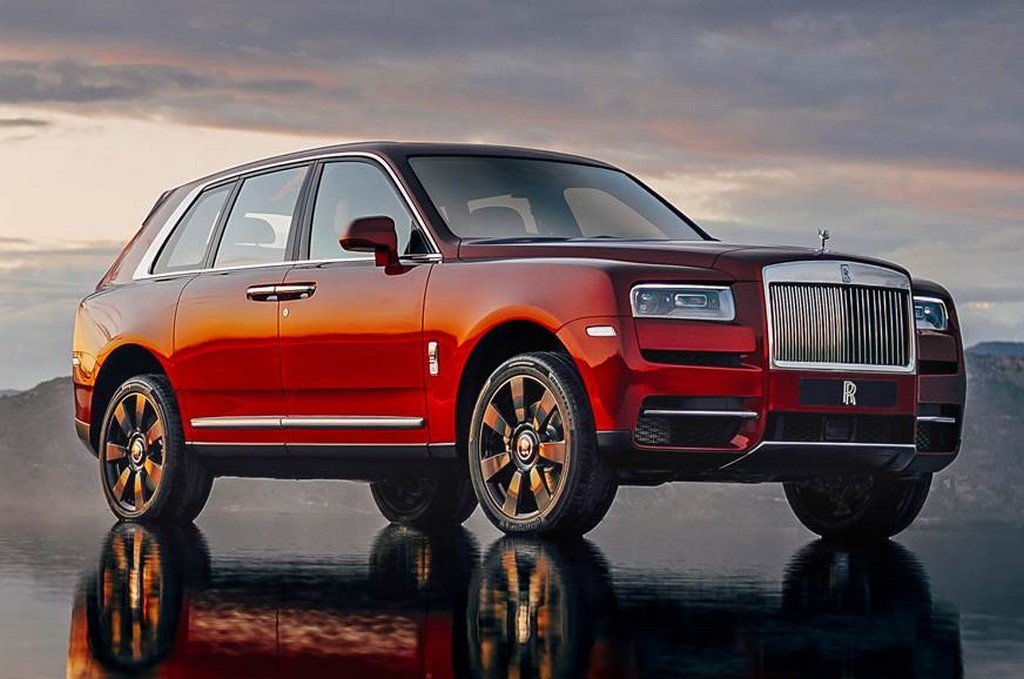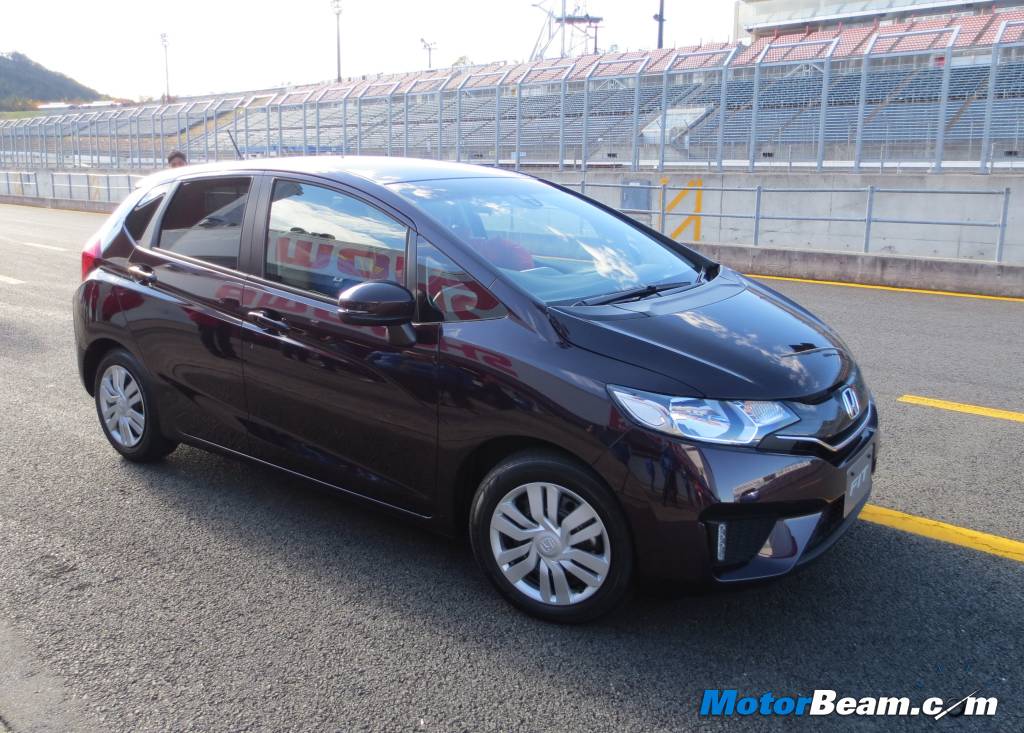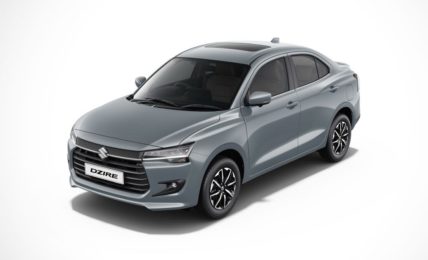It’s a boon for low-end cars, but comes with its own caveat!
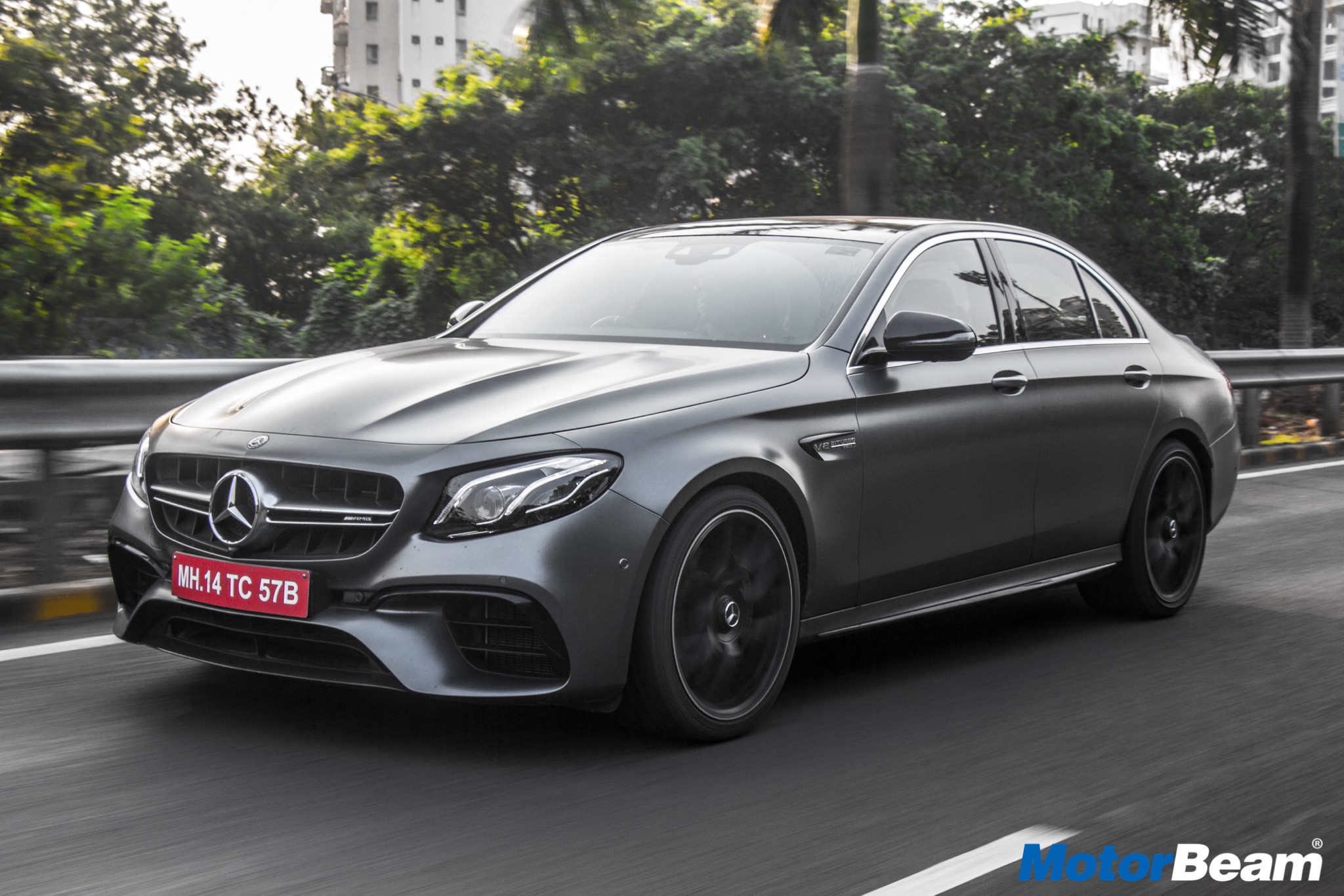
The trend for manufacturers in the past few years, mostly due to emission norms and costs has been to use the same engine, and in many cases the same transmission for powering their new models. While this has many advantages, it certainly comes with its own disadvantages from the enthusiast’s point of view, some of which I will be covering today. Let us see the pros and cons of having standardised engines in new cars.
Low-end cars’ boon

This is a brilliant thing for cars in the low-end market, where the sales peak and competition soars. Having the same engine across the entire range means that the R&D cost can be divided among the cost price of different vehicles. Maruti Suzuki and Ford are very good examples of this. Maruti spent several years honing the 1.3-litre Fiat-sourced engine that extends a class-leading mileage. The result of years of R&D was seen in the new Ciaz, which gave a mileage of 28.09 km/l as per ARAI.
Ford, on the other hand, delivered performance on their small vehicles i.e the Figo and the Aspire. By tossing in a 1.5-litre diesel engine in the Figo, (which was already powerful by compact SUV standards) they made a car which was quite fun to drive. I don’t think either of these cases would have been so successful in their own right if it weren’t for dividing the costs into several models.
Apart from that, we have reliability gains and availability of spare parts. The only car in Ford’s current lineup to use the revered 1.0-litre ecoboost 4-cylinder engine is the Ecosport S (one solitary variant). I can imagine that spare parts will be comparatively harder to find than say the 1.5-litre diesel engine I was talking about earlier. So, for budget cars, using tried and tested engines is a no-brainer! Especially considering people buy cars in this price range mostly to sit in traffic, not have fun in a racetrack!
When the price goes up!
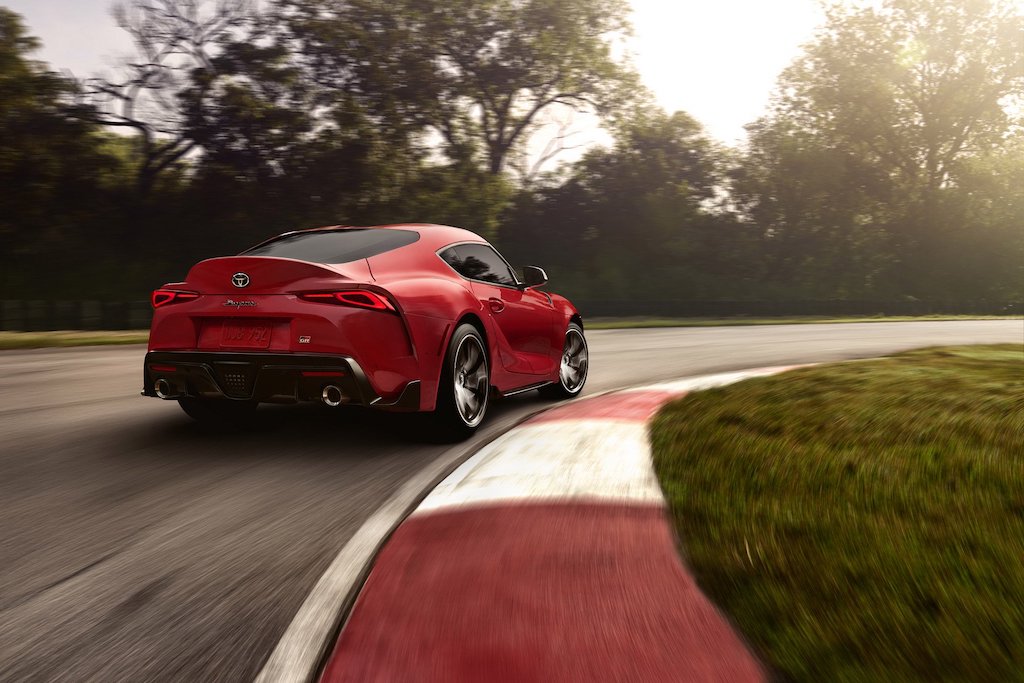
This is where I see this standardisation as the less ideal alternative. When you buy a car higher up the price range, there is more headroom for manufacturers to be bold with their engine choices. Instead, we get the same engine, with a new body and chassis. This has been happening for several years, but I feel the need to point this out because now, this occurs between brands, brands which have enough resources to develop an engine.
Lamborghini, Porsche, Audi, and Bentley are owned by the Volkswagen Group. Since their ownership, Lamborghini and Bentley now have an SUV in their lineup. Now, it is understandable why they had to use engines from Audi. They have been building sedans and sports cars literally since the beginning of their companies. But when the same twin-turbo V8 is present on all these vehicles, the wow factor does fade away quite a bit.
Another example is the 2020 Toyota Supra. There is no doubt that the new Supra is a great car, but I genuinely feel they could have spent the R&D money to develop a successor to the legendary 2JZ engine that gave fame to the Supra in the first place. If Mazda could develop a family of 6-cylinder engines with their resources, Toyota surely could have, but they didn’t.
Just like standard interiors, if you don’t like the character of an engine of a car, you don’t have much of a choice. Since this engine sharing is now across brands, your options are all the more limited. Again, I am not talking about cars lower down the price range. I’m talking about high-end cars, where the money is no object. I mean, doesn’t it get tiring when every new AMG that launches has the same 4.0-litre V8 Biturbo? (Just an example)
Conclusion
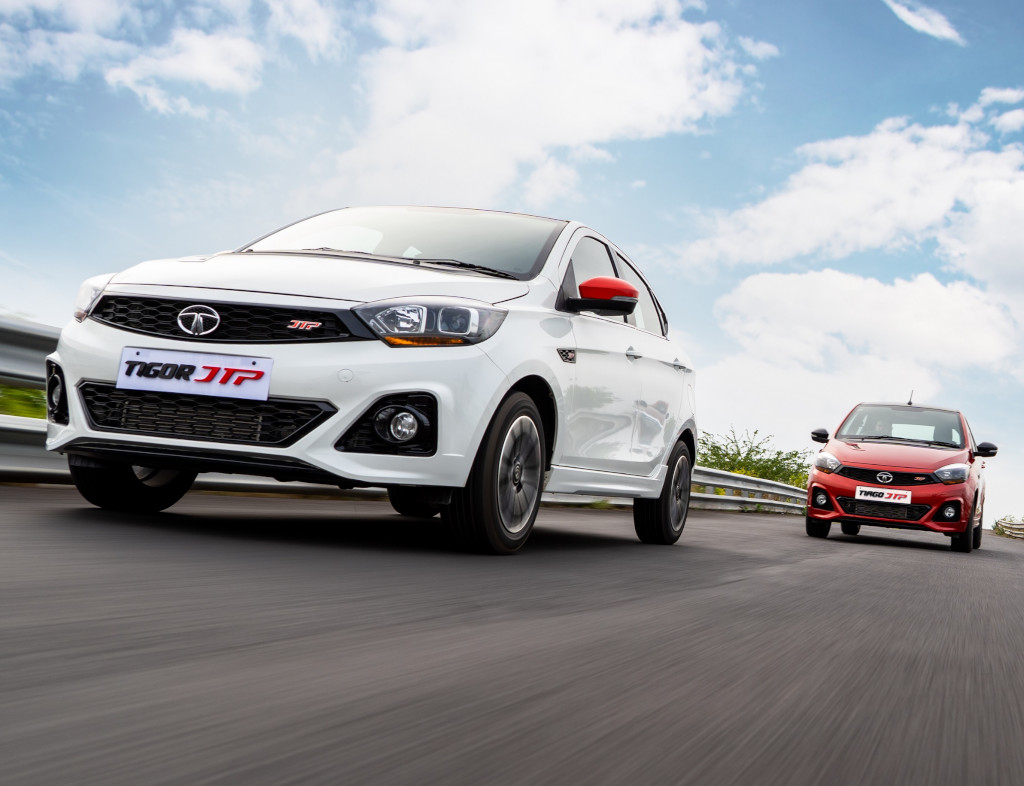
Standardisation is both a good and a bad thing in my opinion (mostly good). I do understand that it makes little economic sense for a manufacturer to develop a new engine for every new model that rolls out. Especially when internal combustion engines are seeing the last few legs of their journey before electric vehicles take over. In some cases, even the manufacturers are helpless here. The point of this article was to point out the rapid change happening in the automotive industry, and a car enthusiast’s point of view of said changes.
Nevertheless, the future is electric mobility and it will be interesting to see how manufacturers bring in a differentiating factor in them, except for power!
Standardised Engines
– Useful for cars in the low-end market
– Allows R&D cost to be divided among the cost price of different vehicles
– Engine sharing across brands limit choices
